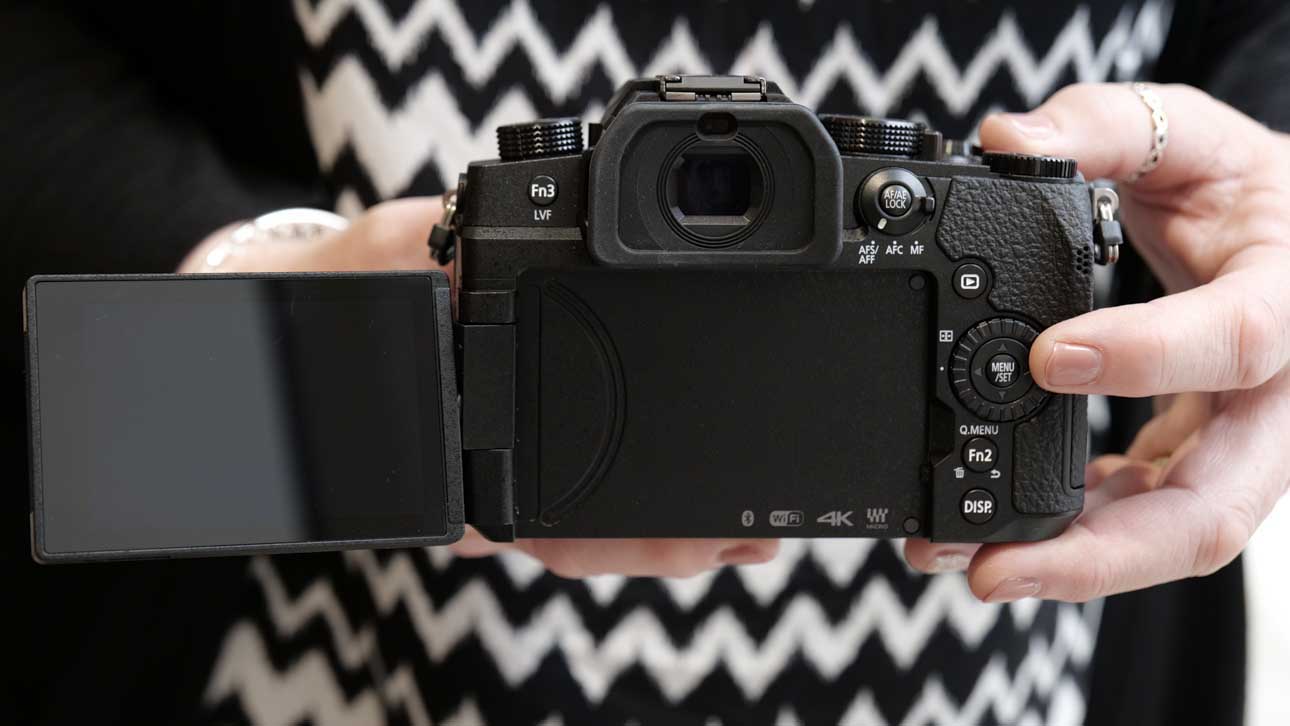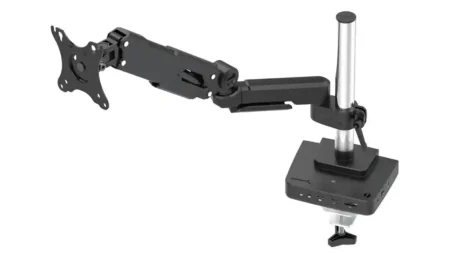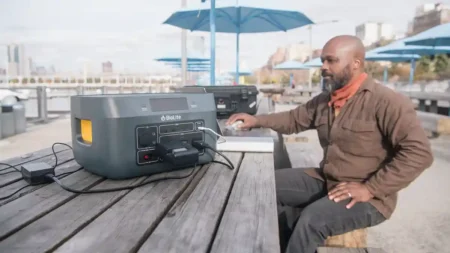Instagram has come a long way from its early days as a simple medium for showing off the snapshots from your phone. These days, Instagram is a launching pad for photographic careers, a world of influencers and carefully crafted images. It has all but replaced the traditional photography website for many photographers.
Frankly, Instagram is one of the major reasons that many people take photos. With its distinct square-format images and dedicated community, you could argue that Instagram photography has become every bit as much of a ‘genre’ as landscapes or wildlife.
So what are the best cameras for Instagram? Like the cameras built for the high resolutions needed for landscapes or the fast AF systems required for wildlife, the best cameras for Instagram will share some qualities that lend themselves to the social network’s distinct style.
We’ll discuss these in a second, but first a disclaimer: in this post we’re just talking about the best interchangeable lens cameras for Instagram. Cameras where you can swap lenses, add a flashgun and take a bit more control over the process. We’ll write a separate list of the best smartphones for Instagram.
What camera do most instagrammers’ use?
More and more instagrammers are using mirrorless cameras to make their content. Mirrorless cameras offer the sophistication of allowing you to take more control over the image-making process, plus their smaller size (compared to DSLRs) make them easier to pack along for your travels or even just your daily commute.
What’s more, many mirrorless cameras offer Bluetooth and built-in WiFi that allow you to quickly share images from your ‘proper’ camera to your phone, which you can then upload to Instagram.
Connectivity is another feature instagrammers look for in a camera. Being able to share images from your camera to your phone speeds up the process. So look for a camera that offers built-in WiFi and Bluetooth.
Another useful feature is an articulating LCD, or flip-out screen. This is handy for composing self-portraits and shooting from odd angles, which are hallmarks of Instagram.
So in summary, these are some of the key features that make up the best cameras for Instagram:
- Small size
- Interchangeable lenses
- Built-in WiFi and Bluetooth
- Articulated LCD
Which camera is best for Instagram photos?
The options on our list of the best cameras for Instagram were all chosen based on our experience testing them. If video is more what you want to shoot, you might also find our guides to the best cameras for TikTok and the best cameras for YouTube useful. For a deeper dive into the many different camera types and features available, check out our range of camera buying guides.
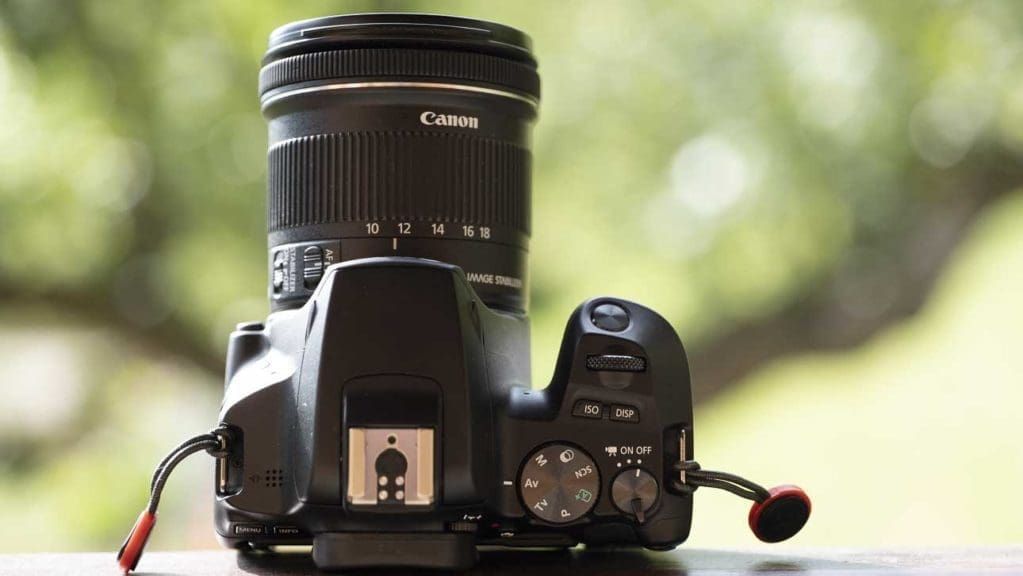
Canon EOS 250D / Rebel SL3
- 24.10Mp APS-C format Dual Pixel CMOS AF sensor
- ISO 100-25,600, expandable to 100-51,200
- 3-inch vari-angle touchscreen LCD with 1,040,000 dots
- Wi-Fi, Bluetooth
The Canon EOS 250D, known as the EOS Rebel SL3 and EOS Kiss X10, is designed for beginner photographers, however, it has a bit more to offer than most beginner cameras.
It’s also the smallest DSLR with a moveable screen, making it highly portable. Inside is an APS-C format 24.1Mp Dual Pixel CMOS sensor, 4K video technology and on the back is a vari-angle touch-screen.
Bottom line: it’s a capable little camera that can get subjects sharp quickly and captures attractive images with a good level of detail. In fact, it’s the best entry-level DSLR around at the moment.
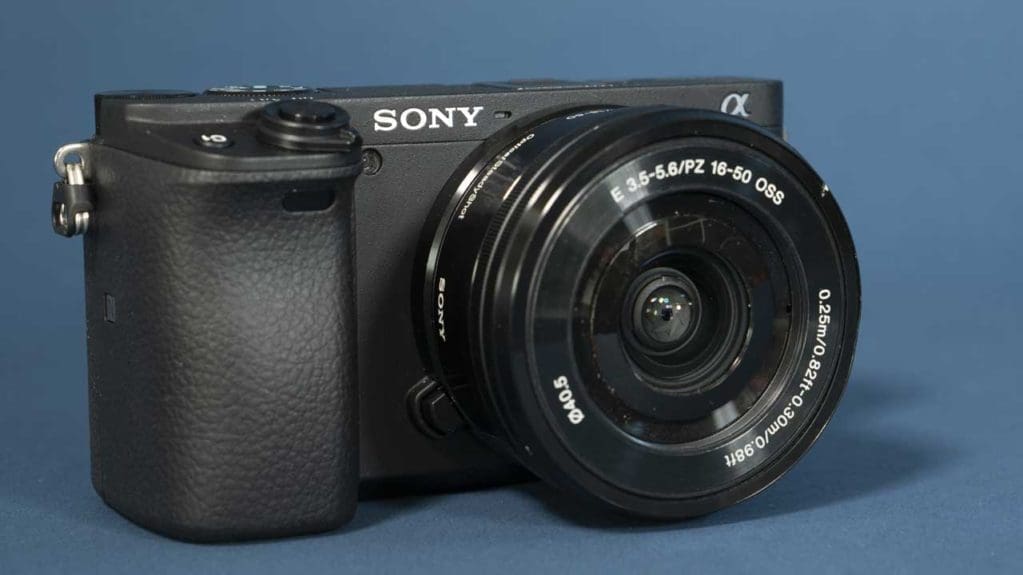
Sony A6400
- 24.2Mp APS-C format sensor
- 425 Phase detection AF points and 425 Contrast detection AF points
- Real-Time Eye AF
- 11fps continuous shooting with continuous AF/AE 8fps in silent mode
- ISO 100-32,000 expandable to 102,400
- 4K HDR (HLG) recording, 30fps, 8-bit
- S-Log3 and S-Log2 gamma
- 180-degree tilting touchscreen
The Sony A6400 is very a good camera for anyone starting to get serious about photography. It’s attractively priced and has a comprehensive range of features for both photographers and videographers.
It’s autofocus system is top notch and capable. It’s fast and reliable, and it’s Real-time Tracking AF won’t let you down.
There’s also a flip-up screen to appeal to selfie-shooters and vloggers, along with an impressive set of video specifications. It’s also very lightweight.
With its sub-£1000/$1000 price tag, it’s hard to think of a better camera for Instagram on this list.

Nikon D3500
- 24.2Mp APS-C format sensor
- ISO 100-25,600
- 3-inch, 921k-dot LCD
- 365g
Another DSLR, the D3500 makes our list of best cameras for Instagram because it’s in many ways the perfect camera for someone making the leap from smartphone photography and looking to take a bit more control over the image-making process.
For years, Nikon’s D3XXX series of cameras has been our recommendation for anyone looking for their first DSLR. The Nikon D3500 is the latest model in the line and it brings a superb new APS-C format 24.2Mp sensor in a lighter weight body.
If you’re looking for your first ‘proper’ camera, the D3500 is a great choice. The Guide Mode is especially useful. It’s the best around for helping photographers get to grips with their camera. It’s especially nice that it’s built into the camera rather than relying on a smartphone app.
While it would be nice to have a vari-angle touchscreen, that would push up the price of the D3500. It’s designed to be an entry-level, affordable option, and at that price tag can you really complain?!
Nikon hasn’t skimped on the sensor at all, and it delivers high-quality results with a good level of detail. The camera is also tuned to help beginners get decent images in a wide range of situations.

Olympus PEN E-PL9
- 16Mp Micro Four Thirds sensor
- 3-inch, tilting touchscreen
- 4K video
- Bluetooth
The PEN E-PL9 is the entry-level model in Olympus’s range and is aimed at those who want a step up from their smartphones. And the E-PL9 fills this gap remarkably well by embracing the things that smartphones do well, but doing them better.
Bluetooth connectivity, for instance. And double tap to select is simple and very similar to the interaction you have with a smartphone.
The E-PL9’s controls really couldn’t be more straightforward. It’s clear that its design is intended to keep the fun in photography (some might feel bring it back).
The PEN E-PL9 delivers great image quality. Video quality is equally impressive, and the audio is surprisingly good.
The E-PL9 is a good beginner vlogging camera, and for stills you have plenty of amazing features at your disposal and can learn and grow with the E-PL9 for some time.

Panasonic Lumix G90 / G95
- 4K video (3840×2140) enables with V-Log L pre-installed
- Vari-angle touch screen
- Bluetooth and WiFi
The Panasonic G90, known as the Panasonic Lumix G95 and G91 in some territories, is a 20.3Mp DSLR-style mirrorless camera aimed at enthusiast photographers and videographers. It has some attractive features including a weather-sealed body, a 2.36million-dot OLED electronic viewfinder, a 3-inch 1.040-million-dot OLED vari-angle touch-screen and Panasonic’s 5-axis Dual IS II system to help produce blur-free images and smooth video.
It can also record unlimited 4K video (3840×2140) at up to 30p/25p and V-Log L is pre-installed to enable wider dynamic range to be captured. The inclusion of 3.5mm microphone and headphone jacks add to the appeal to videographers and vloggers.
As is becoming the norm, the G90’s Wi-Fi connectivity is paired with a low energy Bluetooth system. This is designed to make it easier to connect the camera to a smartphone. It also enables a permanent connection between a paired phone and camera that the phone can be used to wake-up a sleeping G90.
Panasonic’s free smartphone app enables the G90 to be controlled remotely by a paired phone, starting and stopping video recording as well as tripping the shutter to shoot stills.
And, as is becoming more common, there’s an Auto Transfer option that can be set to transfer images to the phone automatically.
We were well-impressed by the G90/G95 and it might be one of our favourites that we’ve tested in the past year.
Canon PowerShot G5 X Mark II
- 20.1Mp 1-inch type Stacked CMOS sensor
- Lens: f/1.8 – f/2.8 24-120mm (35mm equivalent)
- Screen 3-inch 1,040,000-dot tilting touchscreen
- Viewfinder 0.39-inch type 2,360,000-dot OLED
- ISO 125-12,800 expandable to ISO 25,600
- Wi-Fi, Bluetooth
- 340g
Sometimes you just gel with a camera and the Canon PowerShot G5 X Mark II is one of those cameras. We love it. It’s small enough to slip in a jacket pocket yet has a viewfinder built-in, an excellent control arrangement and a flip-up touchscreen.
It’s also 4K-enabled without a crop factor and captures great images. There’s also a 0.39 type, 2,360,000-dot OLED EVF that pops up out of the camera body, and the camera’s fixed 8.8-44mm f/1.8-2.8 lens gives you a lot of scope.
Helpfully, the lens is also stabilised and gives up to 4stops of shutter speed compensation. There’s also an ND filter built-in to reduce the exposure by 3Ev when necessary.
Image quality is excellent, with loads of detail and vibrant colours.
